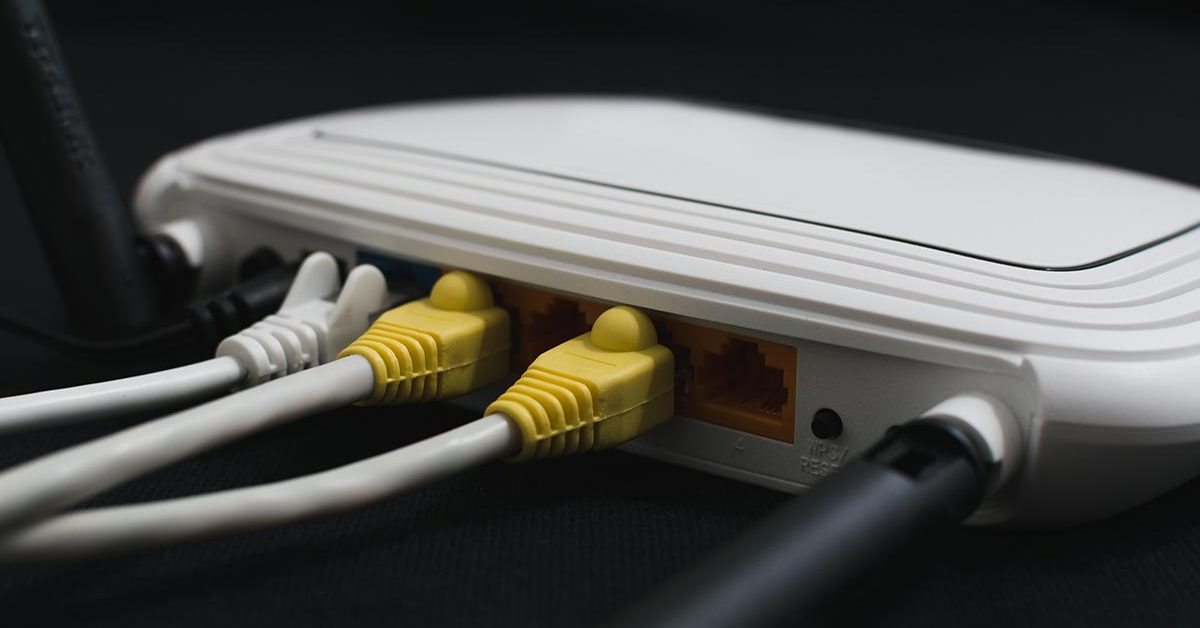As the frequency of working from home has significantly increased due to the COVID-19 pandemic, so too has the importance of Wi-Fi strength and reachability. Struggling with your connection while trying to work from the comfort of your deck? Here are some things to consider.
It’s common for Wi-Fi performance to vary widely depending on where you are in the house. Oftentimes, one room may have a better connection than another, and there are many reasons for this.
To improve your Wi-Fi performance and your work from home experience, you first need to consider the type of router and connection you have.
Wi-Fi Routers and Their Capabilities
Depending on the size and layout of your home, you may experience improved connectivity with a high-end router. While you’re probably assuming that having a high-end router will obviously result in the best connection every time, that’s not necessarily the case. Sure, cheaper is not always better, but super high-end may actually be overkill. If in doubt, the best option is to talk with your local electronic supplier and seek the advice of an expert.
In addition, you should consider router capabilities such as frequency selection. Many routers offer the option to connect with a 5 GHz connection or a 2.4 GHz connection. These are the most common options to pick from.
In order to understand how each of these frequencies can make a difference with your work from home experience, you need to know what they offer:
5 GHz
- Better for faster connection
- More stable connections (less crowded network)
- Harder to penetrate walls or objects
- Shorter effective range
2.4 GHz
- Better for longer range coverage
- Used by more than just Wi-Fi
- Can easily penetrate walls or objects
- Can run slower than expected
Notably, what you need in your home will determine the connection speed you choose. Some might prioritize speed over range, while others vice versa. Also worthy to note: you can select the best frequency on a device by device basis and change as your needs change.
Challenges Wi-Fi Faces in Your Home
In your home, Wi-Fi can face certain challenges that can affect its ability to work at maximum speed or strength.
Many building materials can easily block or diminish the Wi-Fi strength. For example, any type of concrete is detrimental to a good Wi-Fi signal. Since concrete is thicker and non-porous, Wi-Fi has more of a challenge passing through. And if it does, it will be a much weaker signal had the wall not been concrete.
Wood or plywood walls are usually much easier for Wi-Fi signals to penetrate, and therefore are much better for effective signal and connectivity. Another easily forgotten issue is the studs in the walls. Metal tends to absorb more of the signal than wood (again, think non-porous), and therefore metal studs could interfere with the signal more than wood studs would.
Placing your Wi-Fi router near other electrical devices can also pose a problem. By placing the router near devices such as microwaves, other routers, radios, etc., it can cause interference and therefore cause interruptions in your signal.
Ways to Enhance Your Wi-Fi Signal
Keeping all of these things in mind, there are different steps you can take to improve the Wi-Fi performance in your home.
Router Placement
Consider the build of your home and where you intend to place your router. You are going to want it somewhere that is central to the house and is more open. For example, putting your router in a closet where it has to penetrate walls is not the best place.
Look for a place in your home where the router’s signals won’t be disturbed by too many walls or objects.
Other Electronics
Knowing what we know about signal disruptions, it is best to keep your router at least 5-6 feet away from any other electronic device. This includes home desktops, microwaves, televisions, radios, etc. If we place our router close to these devices, we risk experiencing signal interruptions or losing range.
Wi-Fi Router Height
Placing your router at a higher height is a great idea for even and solid connection. Having your router higher than ground level can lessen the number of interferences, and can help extend its range.
Consider a Wi-Fi Extender
Wi-Fi extenders are a reasonably priced option to improve the Wi-Fi signal in your home. There are three different types of enhancement options you can choose from: wireless repeater, wireless range extenders and Wi-Fi network extenders.
- Wireless Repeater: Repeats the Wi-Fi signal and strength given by your router throughout the house.
- Wireless Range Extenders: Repeats the Wi-Fi signal and pushes it throughout the house. The device is standalone and usually placed elsewhere in the home. It must not be too far from the main router.
- Wi-Fi Network Extenders: Communicate with the router using a wire, and create a second or third network. It can increase the speed of Wi-Fi since it is a shorter distance from your devices. This is the best option for extended Wi-Fi.
Make Sure Your Router Is Updated
Continuously updating your router’s firmware whenever there are new updates is important because those help patch any issues there may be in router security or performance. Updating can help the network and can easily get rid of any little bugs.
These tips and tricks should help you maintain a high-quality Wi-Fi connection, no matter where you happen to be working from in your home.





